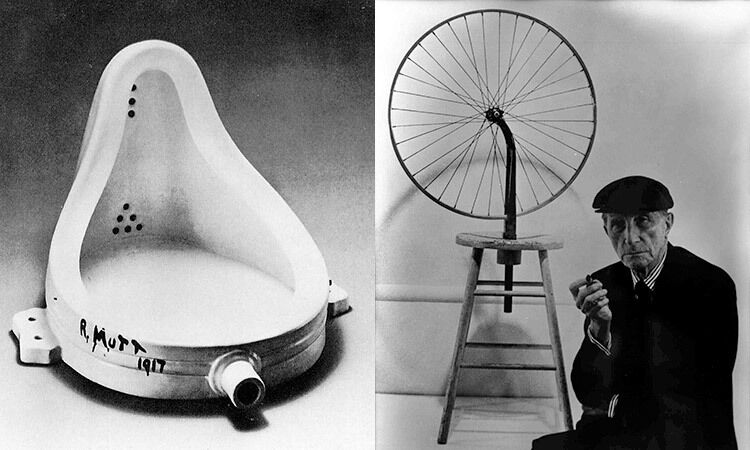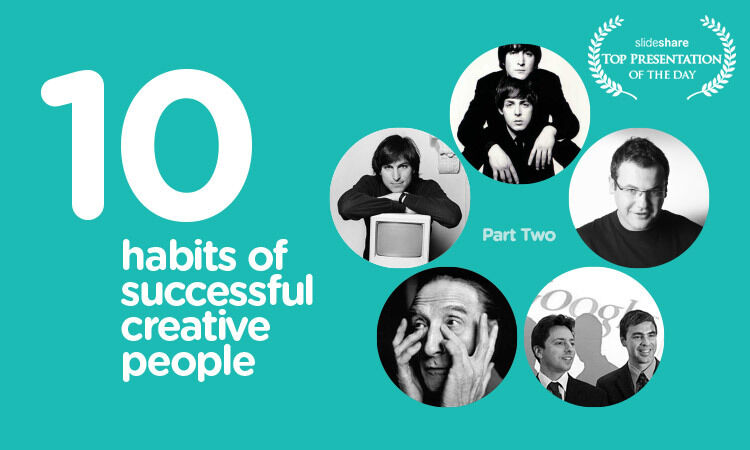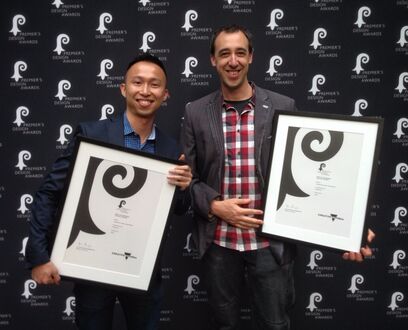Creativity is not a talent exclusive to artists and designers. It is in fact a skill everyone can learn, including people who see themselves as analytical.
Inspired by the book Change your mind by Rod Judkins, here we will share 10 habits of successful creative people and real-life case studies of how these have led to successful outcomes in the business, design and technology world.
This was originally a talk called “How to change your mind and build creative confidence” given at the Be Responsive Melbourne technology MeetUp held on May 13 at NAB, 700 Bourke St, Docklands. We have condensed the 30 minutes talk into two blog articles that can be digested easily by all our readers. This is part two - view part one here.
6. Join forces and be a force.
Archetype: John Lennon and Paul McCartney
Behind the legendary success of the world’s best-selling band in history, The Beatles, is the songwriting partnership between John Lennon and Paul McCartney. They published about 180 jointly credited songs between 1962 and 1969 which formed the majority of The Beatles’ records. Regarding their partnership, Lennon explained in a 1980 interview, "he provided a lightness, an optimism, while I would always go for the sadness, the dischords, the bluesy notes".

Audacity is a key ingredient for successful creativity. It took audacity for French-American artist Marcel Duchamp to place a pre-bought urinal, turn it upside down, sign the manufacturer’s name and place it on a gallery plinth as “art”. Highly controversial at the time, his readymades provoked artistic debates and made a big impact on 20th century art.
Fast-forward to the 21st century, it also took audacity for entrepreneur Ruslan Kogan to start a multi-million online television store without a single television in stock. He once wrote, “only a big, crazy idea can shatter the status quo. The best businesses do things in a way that no one has ever done before.” In fact, he asserted that having someone call your idea “crazy” was a key indicator of whether your idea had the potential to succeed.
As a digital agency in Melbourne, we regularly provide product design and digital strategy advice for our clients. As a result, we encounter our fair share of both ordinary and crazy business ideas. Nothing like a big audacious idea to get us excited at the prospect of disrupting entrenched market players.
7. Be audacious.
Archetype: Ruslan Kogan / Marcel Duchamp

Audacity is a key ingredient for successful creativity. It took audacity for French-American artist Marcel Duchamp to place a pre-bought urinal, turn it upside down, sign the manufacturer’s name and place it on a gallery plinth as “art”. Highly controversial at the time, his readymades provoked artistic debates and made a big impact on 20th century art.
Fast-forward to the 21st century, it also took audacity for entrepreneur Ruslan Kogan to start a multi-million online television store without a single television in stock. He once wrote, “only a big, crazy idea can shatter the status quo. The best businesses do things in a way that no one has ever done before.” In fact, he asserted that having someone call your idea “crazy” was a key indicator of whether your idea had the potential to succeed.
As a digital agency in Melbourne, we regularly provide product design and digital strategy advice for our clients. As a result, we encounter our fair share of both ordinary and crazy business ideas. Nothing like a big audacious idea to get us excited at the prospect of disrupting entrenched market players.
8. Create chance because chance creates.

Rather than control and order, look for chance and accidents. If you open yourself to what is unsure and uncertain, then it can take you down paths that you didn’t know were there, leading to innovative results. The list of inventions and products discovered by chance is endless. Some of the most famous include Kellogg's Cornflakes, Post-its, Velcro, Playdoh, Viagra, Teflon, the microwave oven and the pacemaker.
Try building chance into your working methods. Experiment more. Instead of spending all your available time on billable work requested by clients, set aside time every week to work on self-driven projects that don’t pay dividends immediately but are likely take you to new and unexpected places.
9. Simplify, then simplify more.
Archetype: Steve Jobs

Less is more. Great creative minds come up with surprisingly simple solutions to problems. Simple should not be mistaken as easy. It is easy to add clutter but very difficult to distill messages and designs to the most essential.
“That’s been one of my mantras — focus and simplicity. Simple can be harder than complex. You have to work hard to get your thinking clean to make it simple. But it’s worth it in the end because once you get there, you can move mountains,” said Steve Jobs.
10. Make it happen.
We have all these great ideas and grand plans in our heads, but we procrastinate, make excuses and go back to doing the same as before. Ruslan Kogan told the story of often meeting people with big ideas at entrepreneurship events and universities, and then seeing them again six months later only to find out they never carried out their ideas or started any business.

Scott Belsky, co-founder of portfolio site Behance.net summed this up neatly, “it’s not about ideas. It’s about making ideas happen.”
“Thinking big is an absolute waste of time if you’re not going to execute on your ideas,” Kogan wrote.
Stop thinking about how difficult or impossible a task is. Get proactive and make it happen!
You can download the full presentation slides here. Awarded “Top Presentation of the Day” by SlideShare on May 21, 2014.
By Yuan Wang
Yuan is Creative Director and co-founder of Melbourne digital agency Yump. His core experience includes facilitating digital strategy workshops and art-directing digital marketing campaigns, cross-platform solutions, responsive websites and mobile apps. Career highlights include industry recognition from Create Awards, AIMIA Awards, FWA.com and AIPP Australian Professional Photography Awards. He is also passionate about user-centred designs, collaborative design workshops and agile principles.








